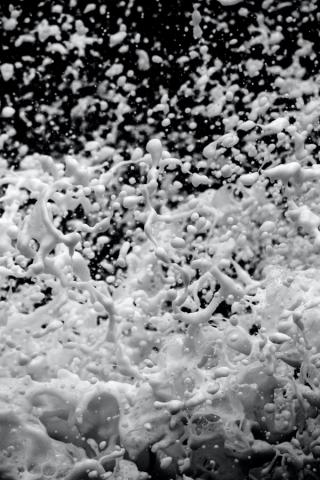
Foam evaluation: Comparative persistence, bioaccumulation and toxicity
- Client Name
- Confidential
- Location
- Australia

Challenge
A confidential client was considering changing the firefighting foam used in their operations from an aqueous film forming foam (AFFF) containing fluorinated chemicals to a fluorine-free foam. The client requested SLR conduct a comparative persistence, bioaccumulation and toxicity (PBT) assessment of the two foam concentrates. The purpose of the assessment was to verify in a defensible manner whether the fluorine-free foam was less persistent, bioaccumulative and / or presented fewer potential acute and chronic human health hazards than the AFFF that was currently used.
Solution
The comparative analysis undertaken by SLR was specifically adapted to focus on human health concerns rather than environmental / aquatic toxicity as this was the main objective of the client.
SLR utilised a novel methodological approach which adapted the classic PBT criteria to provide additional consideration of human health issues. For example, environmental persistence (P) is typically described by measured or modelled half-lives in air, water, soil and sediment and results of ready biodegradability testing. Persistence in the human body may be described by half-lives in blood or tissues. Similarly, aquatic toxicity (T) information can be supplemented with human toxicity (T) data initially based on the Globally Harmonized System for Classification and Labelling (GHS) hazard classifications of products and their constituents. This process was followed by a more detailed consideration of toxicity information for those constituents triggering a specific severity rating.
Impact
The comparative PBT assessment provided the client with defensible justification for selecting an alternative foam product for future use in their operations. It also drew the client’s attention to other potential issues with respect to the acute toxicity of the prospective replacement foam product which may require further consideration.

